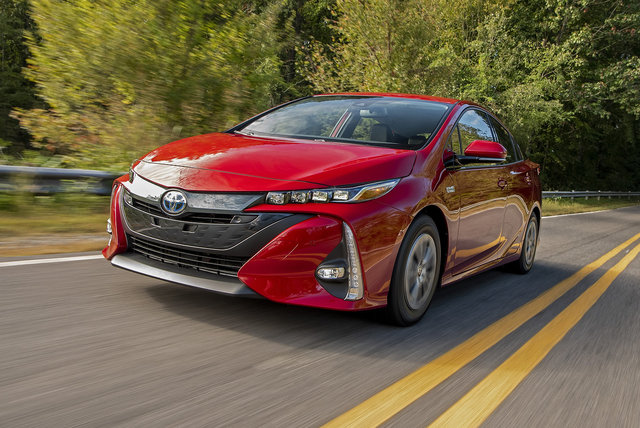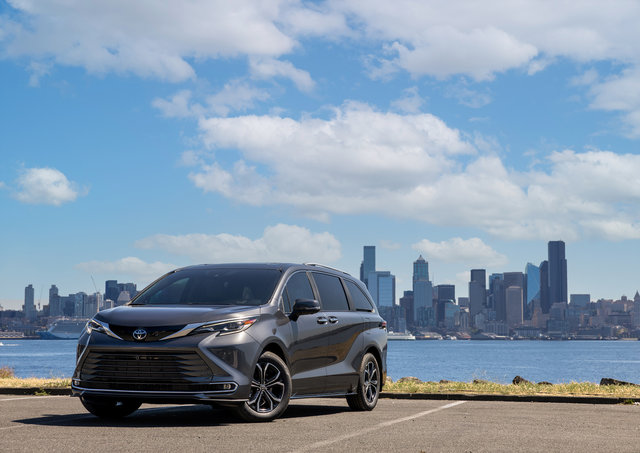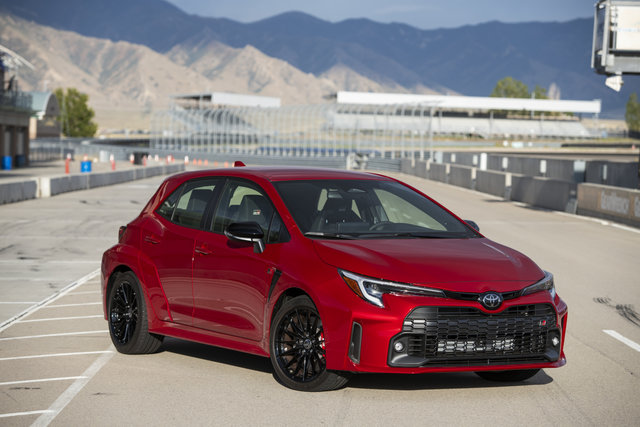If you're a homeowner in Mississauga tackling weekend renovations, you need a truck that can haul...

When considering the idea of getting an electrified vehicle to reduce our ecological footprint and save money at the pump, it's important to know the differences between the various technologies on the market.
The conventional hybrid car uses one or more electric motors, usually small, to assist the combustion engine during takeoffs or when idling. Its fuel consumption will be reduced, and in some cases, the hybrids can run in 100% electric mode for very short distances.
The plug-in hybrid car has a longer range than the conventional hybrid car, since it benefits from a larger battery. In addition, as the name suggests, it is possible to plug in the car so that it charges, allowing you to cover greater distances without consuming gasoline.
Finally, the 100% electric car abandons the combustion engine, while the electric motor (s) propel the vehicle while emitting no atmospheric pollution. By plugging them into a power outlet at home or at some merchants, you recharge the battery which, in the most recent models, provides a range approaching that of conventional cars.
The hybrid car is the most affordable of the three, while the 100% electric car is the most expensive, but the most ecological. The plug-in hybrid car represents the in-between, with more range than the hybrid, but at a more affordable price than the electric car. Both hybrids and plug-in hybrids also take away any range anxiety that comes with a fully electric vehicle.
Check out the all-new Toyota Prius, Prius Prime plug-in hybrid, and Prius with all-wheel drive today at Erin Park Toyota!
Other Articles That May Interest You
Finding the right family vehicle for Mississauga means balancing space, convenience, and everyday...
If you're searching for a hot hatch that's equally ready for winter commutes and track-day fun,...





